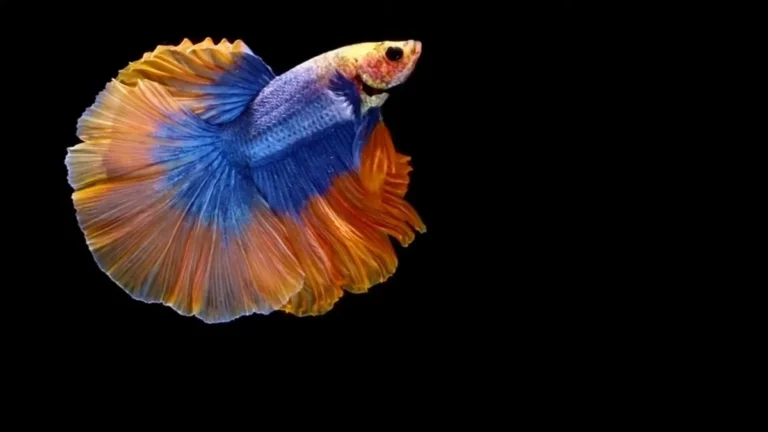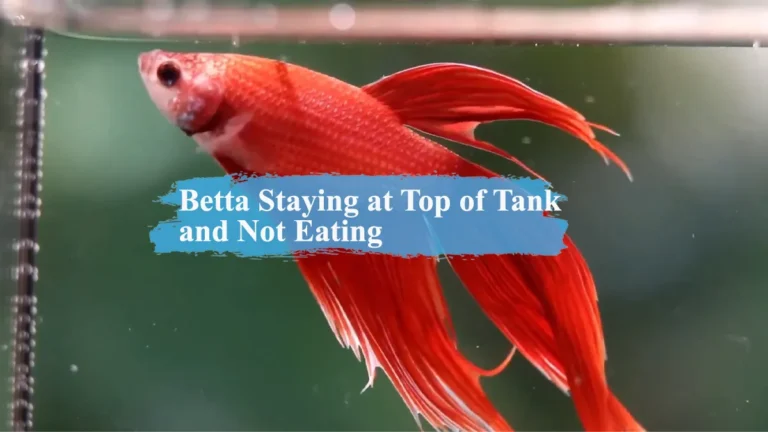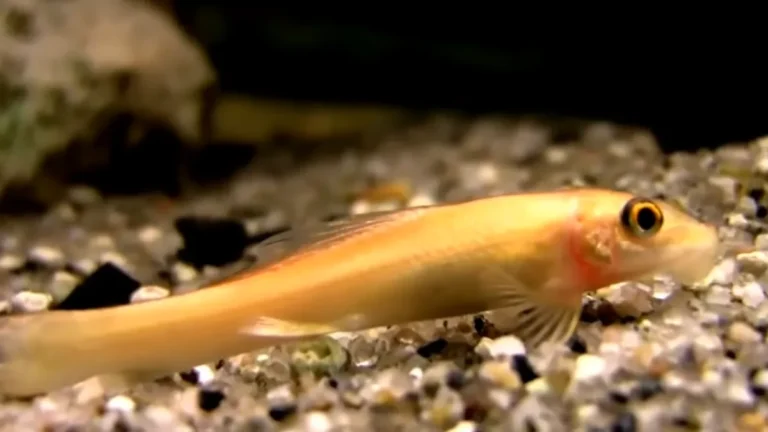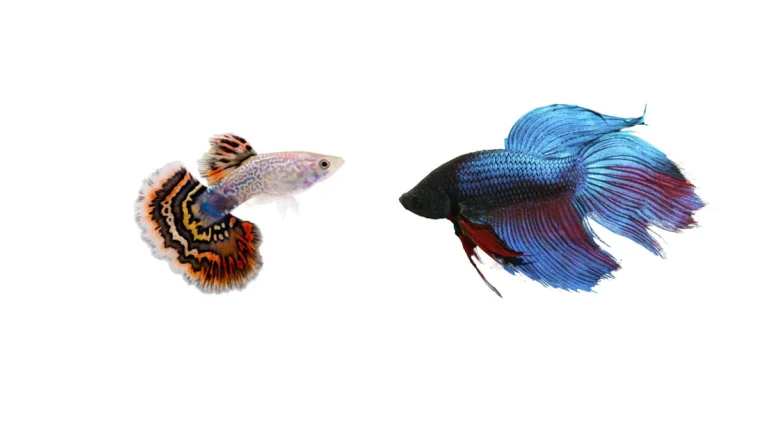Bumblebee Betta Care, Feeding, Lifespan, Breeding, Health and Diseases
Bumblebee Bettas are a unique and striking species of Siamese fighting fish that are becoming increasingly popular among fishkeepers. These vibrant fish are known for their black and yellow coloration, which is reminiscent of a bumblebee. While they may be small in size, they are big on personality and can make a great addition to any home aquarium.
Key Takeaways
- Bumblebee Bettas are a unique and striking species of Siamese fighting fish known for their black and yellow coloration.
- Proper care is essential for these fish to thrive in captivity, including providing a suitable tank environment, feeding a balanced diet, and monitoring their health.
- With the right care and attention, Bumblebee Bettas can live for several years and make a great addition to any home aquarium.
Proper Bumblebee Betta care is essential to ensure that these fish thrive in captivity. This includes providing them with a suitable tank environment, feeding them a balanced diet, and monitoring their health for any signs of illness. With the right care and attention, Bumblebee Bettas can live for several years and bring joy to their owners.
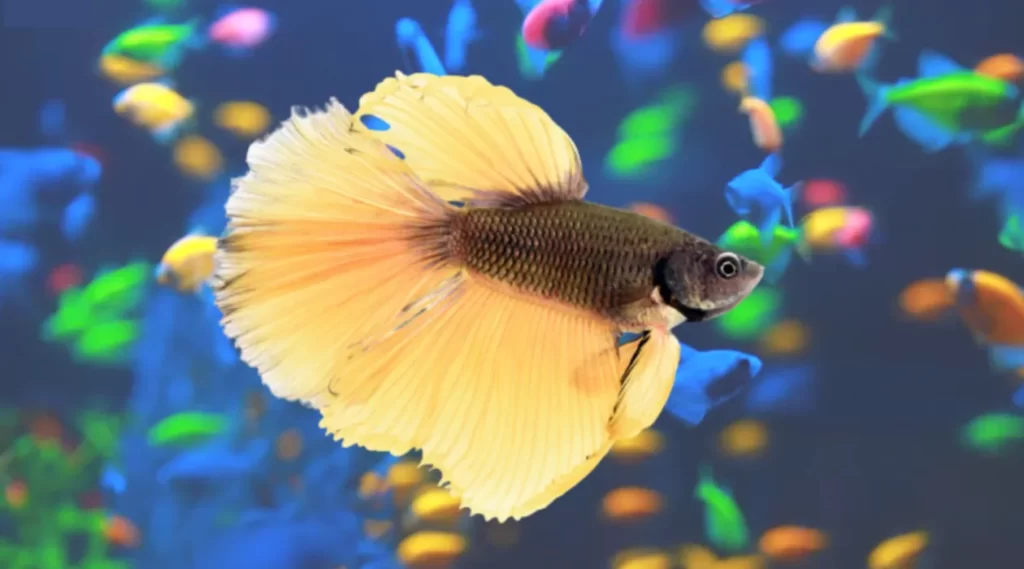
Bumblebee Betta Care
Bumblebee Betta fish are beautiful and unique creatures that require proper care to thrive. In this section, we will provide some essential information on how to take care of your Bumblebee Betta fish.
Tank Size
Bumblebee Bettas require a minimum tank size of 5 gallons. Although they are small, they need ample space to swim around and explore. A larger tank will also help maintain the water quality, which is crucial for their health.
It is important to note that Bumblebee Bettas are territorial and should not be kept with other male Bettas. They can, however, be kept with other peaceful fish species such as Corydoras or Neon Tetras.
Tank Setup video .

Water Conditions
Maintaining proper water conditions is essential for the health of your Bumblebee Betta. The water temperature should be between 76-82°F, and the pH level should be between 6.5-7.5. Bumblebee Bettas also prefer soft water, so a water hardness level of 5-15 dGH is ideal.
It is important to perform regular water changes to maintain water quality. Changing 25-50% of the water every week is recommended. When changing the water, make sure to treat it with a water conditioner to remove any harmful chemicals.
In addition to regular water changes, it is also important to keep the tank clean. Remove any uneaten food and debris from the tank daily, and perform a thorough cleaning of the tank and filter every month.
Feeding Habits
Bumblebee Betta fish are known for their vibrant colors and distinct personalities. To keep them healthy and happy, it is important to provide them with a balanced and nutritious diet. In this section, we will discuss the diet requirements and feeding schedule for Bumblebee Betta fish.
Diet Requirements
Bumblebee Betta fish are omnivores, which means they require a mix of both plant and animal-based foods to stay healthy. A diet that consists of only one type of food can lead to malnutrition and health problems. Betta fish require a high protein diet, so it is recommended to feed them a mix of pellets and live or frozen food.
Live food such as daphnia and brine shrimp are great sources of protein and can be fed to Betta fish once or twice a week. Bloodworms can also be fed to Betta fish, but only occasionally as they are high in fat and can cause digestive issues if overfed. It is important to note that live food should be fed in moderation and should not be the sole source of nutrition.
Frozen food such as frozen brine shrimp and frozen bloodworms are also good sources of protein and can be fed to Betta fish once or twice a week. Frozen food is a convenient option as it can be stored in the freezer and thawed before feeding.
Pellets should make up the majority of a Betta fish’s diet. It is recommended to feed Betta fish two to four pellets of food once or twice per day, once in the morning and again in the evening. Betta fish pellets come in different sizes, so it is important to choose the appropriate size for your Betta fish.
Feeding Schedule
It is important to establish a feeding schedule for Betta fish to ensure they receive the proper amount of nutrition without overfeeding. Overfeeding can lead to health problems such as constipation and obesity.
Betta fish should be fed two to four pellets of food once or twice per day, once in the morning and again in the evening. It is important to avoid overfeeding as Betta fish have small stomachs and can only eat a small amount of food at a time.
Live and frozen food should be fed once or twice a week in addition to pellets. It is important to vary their diet to ensure they receive all the necessary nutrients.
Lifespan
Bumblebee Betta fish have a lifespan of around 2 to 4 years. With proper care, it is possible to extend their life for an additional year or two in captivity. However, it is important to note that their lifespan is relatively short compared to other fish species.
One of the factors that can affect the lifespan of Bumblebee Bettas is their environment. Keeping them in a clean and adequately sized tank can help prevent stress and disease, which can shorten their lifespan. Additionally, providing them with a balanced diet and regular water changes can also contribute to their overall health and lifespan.
It is also crucial to note that genetics play a role in their lifespan. Some Bumblebee Bettas may have a shorter lifespan due to genetic factors, while others may live longer. Therefore, it is important to purchase Bettas from reputable breeders who prioritize the health and well-being of their fish.
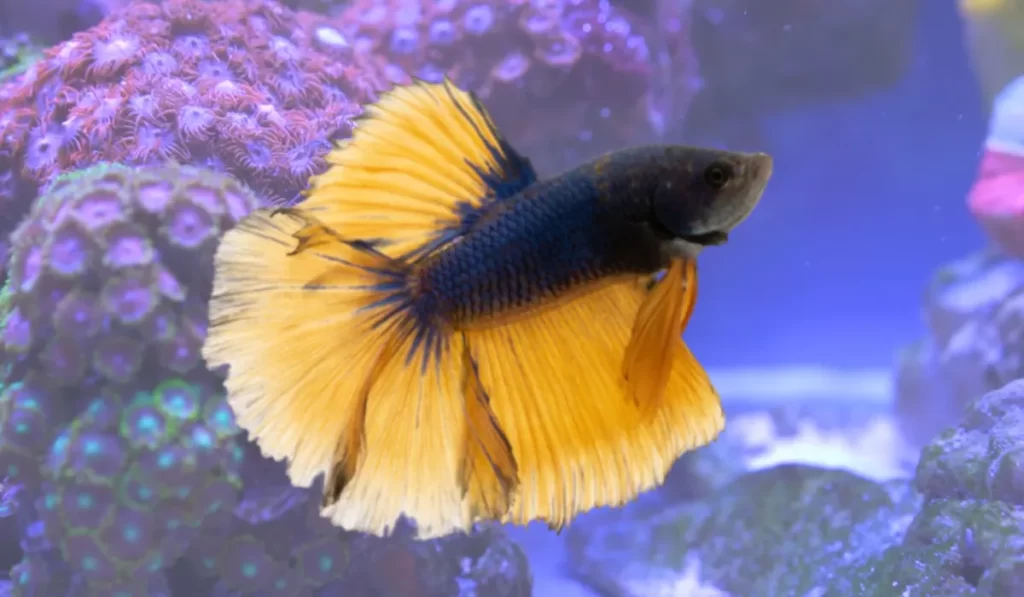
Health and Diseases
Bumblebee Bettas are generally healthy fish, but they can still fall ill if not cared for properly. In this section, we will discuss some common illnesses that can affect Bumblebee Bettas and how to prevent them.
Common Illnesses
Bumblebee Bettas are susceptible to a variety of illnesses, including fungal, bacterial, and parasitic infections. Some common illnesses that can affect Bumblebee Bettas include:
- Ich (White Spot Disease): This is a parasitic infection that causes small white spots to appear on the fish’s fins and body. It can be fatal if left untreated.
- Velvet Disease: This is a parasitic infection that causes a yellow or gold dust-like coating on the fish’s body. It can be fatal if left untreated.
- Fin Rot: This is a bacterial infection that causes the fish’s fins to deteriorate and fall off. It can be caused by poor water quality.
- Popeye: This is a bacterial infection that causes the fish’s eyes to become swollen and protrude from their sockets.
Preventive Measures
Preventing illnesses in Bumblebee Bettas requires proper care and maintenance of their environment. Here are some preventive measures that can be taken:
- Maintain Clean Water: Regular water changes and proper filtration are essential to maintaining a healthy environment for Bumblebee Bettas. The water should be kept at a temperature between 76-82°F.
- Avoid Overfeeding: Overfeeding can lead to constipation and other digestive problems, which can weaken the fish’s immune system and make them more susceptible to illness.
- Quarantine New Fish: When introducing new fish to the tank, they should be quarantined for at least two weeks to ensure they are not carrying any diseases.
- Avoid Overcrowding: Bumblebee Bettas are territorial fish and should be kept in a tank that is appropriate for their size. Overcrowding can lead to stress and illness.
- Keep the Tank Clean: Regular cleaning of the tank and its accessories can help prevent the growth of harmful bacteria and parasites.
By following these preventive measures, Bumblebee Bettas can live long, healthy lives. If you notice any signs of illness in your fish, it is important to take action immediately to prevent the spread of disease and ensure the health of your entire tank.
Breeding Bumblebee Betta
Breeding Bumblebee Betta can be a rewarding experience for betta enthusiasts. It is important to note that breeding bettas requires a lot of preparation and patience. Here are some tips to help you successfully breed your Bumblebee Betta.
Preparing for Breeding
Before breeding your Bumblebee Betta, you should make sure that you have the proper equipment and setup. Here are some things you will need:
- A breeding tank: This should be at least 5 gallons in size and have a heater and filter.
- A male and female Bumblebee Betta: Make sure they are healthy and have been conditioned for breeding.
- Hiding places: You can use plants or decorations to provide hiding places for the female.
- A spawning mop: This can be made by tying a bunch of yarn together and placing it in the tank. The male will use this to build his bubble nest.
Breeding Process
Once you have all the necessary equipment, you can begin the breeding process. Here are the steps you should follow:
- Introduce the male and female Bumblebee Betta to the breeding tank. Make sure to monitor them closely to ensure that they are not fighting.
- The male will begin building a bubble nest using the spawning mop. This is where the female will deposit her eggs.
- Once the bubble nest is complete, the male will begin courting the female by flaring his fins and swimming around her. The female may show signs of interest by displaying vertical stripes on her body.
- When the female is ready to spawn, she will release her eggs into the bubble nest. The male will then fertilize the eggs.
- After spawning, remove the female from the tank to prevent her from eating the eggs.
- The male will take care of the eggs by guarding the bubble nest and removing any unfertilized eggs or dead fry.
- The fry will hatch in about 24-48 hours. Once they are free-swimming, you can begin feeding them small amounts of infusoria or baby brine shrimp.
Breeding Bumblebee Betta can be a challenging but rewarding experience. With the proper preparation and care, you can successfully breed your Bumblebee Betta and raise a healthy batch of fry.
Related Post: Unveiling the World of Red Devil Betta: Care, Behavior, and More
FAQs
How often should I feed my bumblebee betta?
Feed your bumblebee betta 2-3 small meals a day, adjusting portion sizes based on their appetite and avoiding overfeeding.
Can I keep bumblebee bettas in a small bowl?
Bumblebee bettas require a minimum tank size of 5 gallons to provide them with adequate space and filtration. Keeping them in small bowls can restrict their movement and negatively impact their well-being.
Can bumblebee bettas live in community tanks?
Bumblebee bettas are best kept in solitary setups, as they may exhibit territorial behavior towards other fish. It’s essential to choose tankmates carefully to ensure a peaceful and harmonious environment.
Conclusion
Congratulations, my fellow fish aficionados! You’re now equipped with the ultimate bumblebee betta care guide. From understanding their dietary needs to creating an ideal tank environment and promoting their well-being, you’re ready to embark on a remarkable journey with these captivating creatures. Remember, providing your bumblebee bettas with the utmost care and attention will reward you with their stunning beauty and unique personalities. So, dive in, create the perfect haven for your bumblebee bettas, and witness the marvels of the underwater world right in your own home. Happy betta-keeping!
Related Posts:


